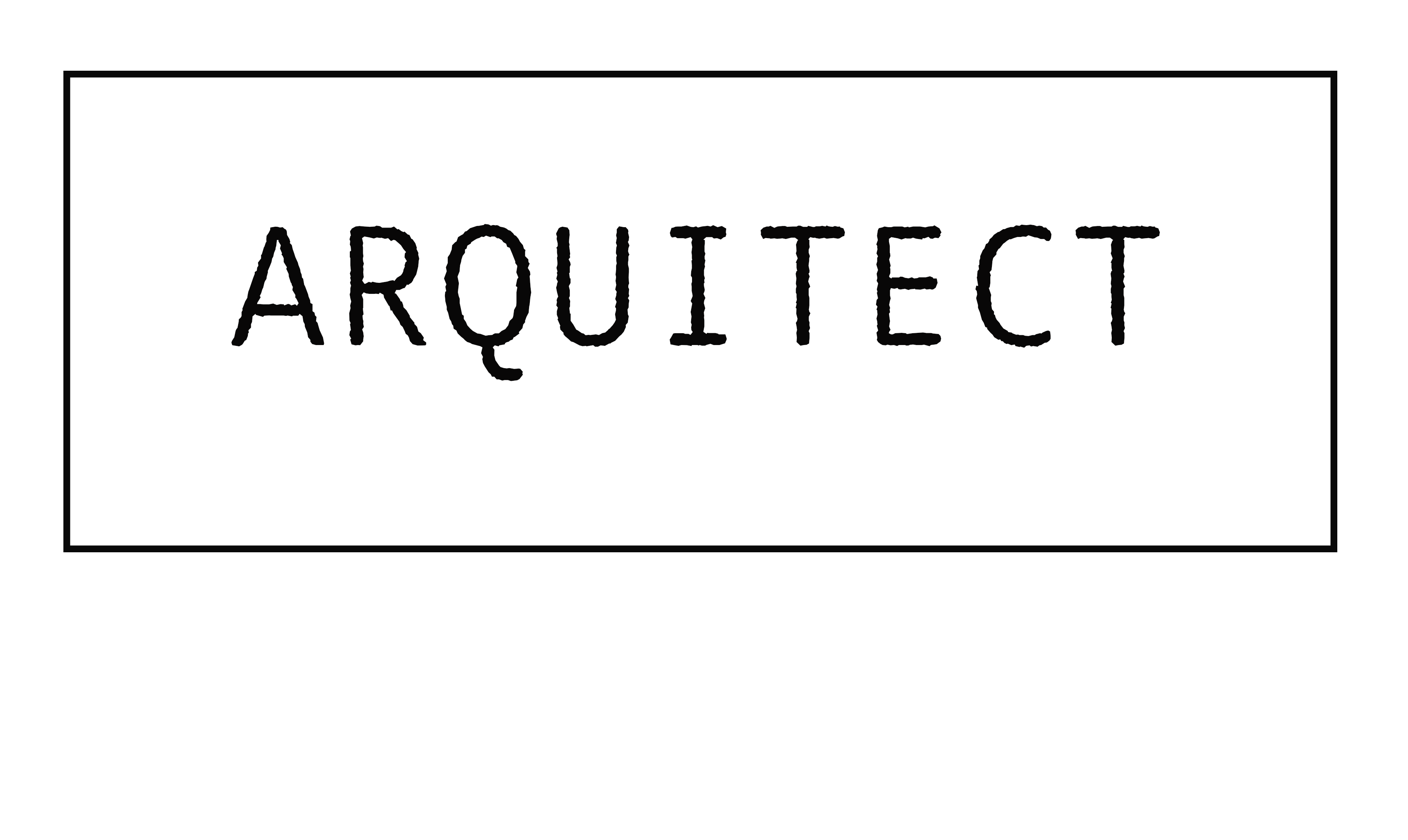1. Terreiro do Paço

Mapping Coordinates: 38° 42' 28.0044'' N, 9° 8' 12.2784'' W.
Location: Lisbon, Portugal
Status: Uncontested
Terreiro do Paço, today known as Praça do Comércio, used to be the site of the Royal Palace of Ribeira (Paços da Ribeira), as well as a major dock of the city. The square was one ofthe urban areas in which ships transporting enslaved people unloaded their cargo. Although it cannot be said with certainty exactly where in Lisbon’s port the 1514 scene described by Flemish traveller Jan Taccoen took place, his account can be taken as a strong indicator of what often happened in Terreiro do Paço at that time.
From the archives
An eyewitness account of the unloading of enslaved people (1514)
I saw a ship which was loaded with spices and which below, in the cargo hold, was full of blackamoors, men, women, with children, young boys and girls, of all kinds, around three hundred. They were completely naked, without anything covering them because they have no law, belief, or shame. They are sold to those who want to own them as slaves, and they serve men and women their entire lives who resell them whenever they want… As soon as they were unloaded from the ship, around three hundred, all naked, I saw them being given something to eat and drink. They were made to eat next to the sea, under the sun, in a bowl or large dish. Inside there was a sort of boiled wheat, a soft mush. They sat on their knees around the dish and ate, without spoons, filling their hands, and there were so many dishes that each of them had their part. Then they were made to clean their dishes, which were filled with fresh water. They kneeled and drank, as if they were animals. And they are sold there when the merchants arrive, by the owners who oversee them. The buyers check their mouths, to see if they have good teeth, and the part between the thighs, besides making them stretch their arms. Men and boys are made to run.When buyers and sellers reach an agreement, the owners make them be covered, with a cloth or a towel, around the waist and send them to their houses. I saw them be sold there for 8,000 or 9,000 reis.
(Jan Taccoen van Zillebeke, Livre de voeiages, in Douai (France), Bibliothèque Marceline Desbordes-Valmore, ms. 793)
I saw a ship which was loaded with spices and which below, in the cargo hold, was full of blackamoors, men, women, with children, young boys and girls, of all kinds, around three hundred. They were completely naked, without anything covering them because they have no law, belief, or shame. They are sold to those who want to own them as slaves, and they serve men and women their entire lives who resell them whenever they want… As soon as they were unloaded from the ship, around three hundred, all naked, I saw them being given something to eat and drink. They were made to eat next to the sea, under the sun, in a bowl or large dish. Inside there was a sort of boiled wheat, a soft mush. They sat on their knees around the dish and ate, without spoons, filling their hands, and there were so many dishes that each of them had their part. Then they were made to clean their dishes, which were filled with fresh water. They kneeled and drank, as if they were animals. And they are sold there when the merchants arrive, by the owners who oversee them. The buyers check their mouths, to see if they have good teeth, and the part between the thighs, besides making them stretch their arms. Men and boys are made to run.When buyers and sellers reach an agreement, the owners make them be covered, with a cloth or a towel, around the waist and send them to their houses. I saw them be sold there for 8,000 or 9,000 reis.
(Jan Taccoen van Zillebeke, Livre de voeiages, in Douai (France), Bibliothèque Marceline Desbordes-Valmore, ms. 793)
Original
Je vis amenez une naviere sergié de spéserye, et dessoubz le balas, enbaez, aufont dele naviere, plain de noeirs Mores, ommez, femmez atout leurs effans, jofne valtons et fillez, de toute sorte, bien en nombre de III C. Et on les aporta tout nut, san quelke sose sur leurs corps, et n’ont nulle loy ne crédenche, ne honte. On les vent qu’il les veult avoir, pour estre esclavez pour servir omme et femme, leur vie duran, et revendre là où il leur plait… Quant il furent mis hors du batieu, bien III C, tout nut, je leur vis donner à mengier et à boeire. On leur donna à mengier au bort de la meer, au soleil, en une minette ou large tellez. Dedens y avoit comme blé bouly, tout mole. Et se metoint autour dela telle sur leur jenous, et mengoint ainsy, san lanche, plain leur mains, tant de telles, que chascun avoint leur part. Et puis on leur fi s laver leur tellez, et on leur jetta plain de eauwe douche. Et mirent à jenoulx et burent ensy comme bestez. Et là on lez vent quant ilz vindrent marchans. Leur mettre qui les gouverne lez vendent. Quant lez marchans lez achatent, il le regardent en la bouche s’il ont bon dens, entre les gamez et tendre leur bras; et les omme sou valtons, on les fait couré. Et quant il leur hette le marchandise et qu’ilz sont content et accort, le mettre leur fait mettre ung linge ou toeille autour de leur cul et devant, et les maine en se maison. J’en viz vendre VIII et IX mille réaulx.
Je vis amenez une naviere sergié de spéserye, et dessoubz le balas, enbaez, aufont dele naviere, plain de noeirs Mores, ommez, femmez atout leurs effans, jofne valtons et fillez, de toute sorte, bien en nombre de III C. Et on les aporta tout nut, san quelke sose sur leurs corps, et n’ont nulle loy ne crédenche, ne honte. On les vent qu’il les veult avoir, pour estre esclavez pour servir omme et femme, leur vie duran, et revendre là où il leur plait… Quant il furent mis hors du batieu, bien III C, tout nut, je leur vis donner à mengier et à boeire. On leur donna à mengier au bort de la meer, au soleil, en une minette ou large tellez. Dedens y avoit comme blé bouly, tout mole. Et se metoint autour dela telle sur leur jenous, et mengoint ainsy, san lanche, plain leur mains, tant de telles, que chascun avoint leur part. Et puis on leur fi s laver leur tellez, et on leur jetta plain de eauwe douche. Et mirent à jenoulx et burent ensy comme bestez. Et là on lez vent quant ilz vindrent marchans. Leur mettre qui les gouverne lez vendent. Quant lez marchans lez achatent, il le regardent en la bouche s’il ont bon dens, entre les gamez et tendre leur bras; et les omme sou valtons, on les fait couré. Et quant il leur hette le marchandise et qu’ilz sont content et accort, le mettre leur fait mettre ung linge ou toeille autour de leur cul et devant, et les maine en se maison. J’en viz vendre VIII et IX mille réaulx.



